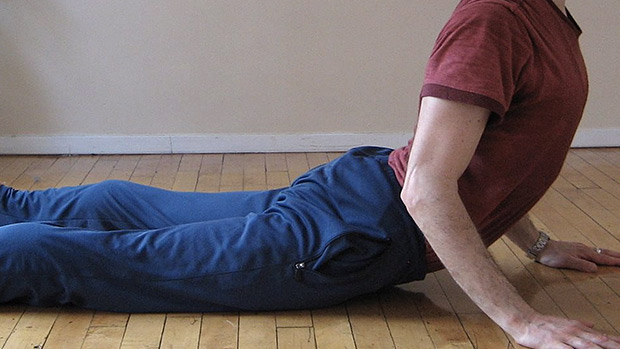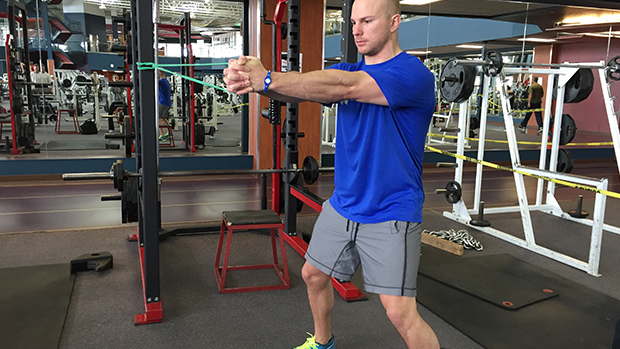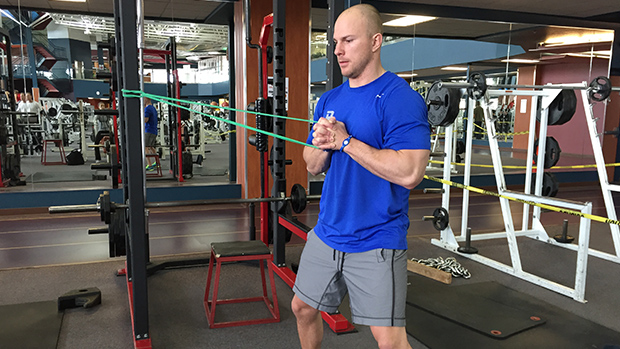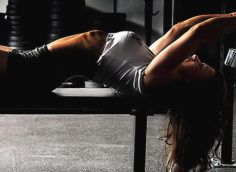Lifters often develop tight hip flexors which cause a slight anterior pelvic tilt. This, in turn, causes tightness in the lower back.
The natural assumption is to stretch out the lower back with something like the cobra pose from yoga. Problem is, pain in the back can actually be a symptom of a bad pelvis position.

By not knowing how to initiate extension from the thoracic spine and instead overextending your lower back, all you're doing is overextending something that's already overextended. When you finish cobra stretching, you go from very overextended to just "regular" overextended. So you think you've found temporary relief.
(By the way, I'm not hating on the cobra pose. It has its uses when someone is shown how to do it properly.)
Temporary relief is a very dangerous thing. It's like a crash diet: it may feel like it works very quickly, but it's not sustainable and you'll most likely rebound.
So What Should You Do Instead?
Train your muscles in better positions that'll support greater stability where it's needed. Better mobility will come!
First, use the couch stretch to open up the front of the hips. This will help take the pressure off the lower back and set the pelvis into a better position.
Second, implement that into how you move in general by training your core to work with that new position. The Pallof press is a great one for this.


If done correctly, you'll be training your body in positions of strength, which will carry over to your general resting posture, increasing your performance and recovery.
Remember, whenever you feel pain or tightness you must think about your body as a whole. Rarely is the point of pain the source of the pain.




